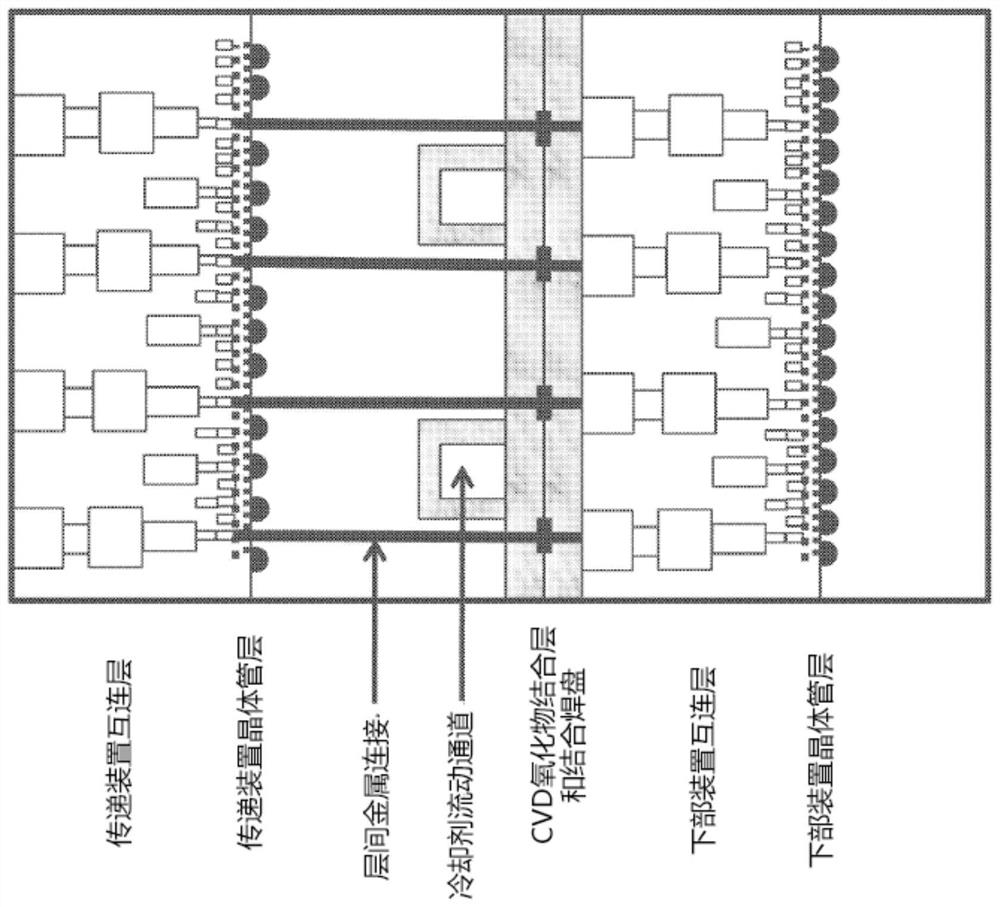Three dimensional integrated circuit
An integrated circuit, three-dimensional technology, applied in the direction of circuits, electrical components, electrical solid devices, etc., to achieve the effect of increasing signal bandwidth, improving system functionality, and reducing layer separation
- Summary
- Abstract
- Description
- Claims
- Application Information
AI Technical Summary
Problems solved by technology
Method used
Image
Examples
Embodiment Construction
[0086] According to the present invention, techniques generally related to the fabrication of integrated circuit devices are provided. More specifically, the present invention provides a method and resulting devices for stacking and interconnecting three-dimensional (3-D) devices using heterogeneous and non-uniform layers (eg, fully fabricated integrated circuits). For example, an integrated circuit may include, among other things, memory means, processor means, digital signal processing means, application-specific means, controller means, communication means, and the like.
[0087] The embodiments build upon and extend the capabilities of two broad areas of technology, layer transfer methods for forming bonded stacks of homogeneous layers (e.g., forming silicon-on-insulator (SOI) wafers) and various methods currently in use and development, 3-D electronic device stacks are formed through the use of complex interposers and sparse arrays of metal vias for inter-device connectio...
PUM
| Property | Measurement | Unit |
|---|---|---|
| thickness | aaaaa | aaaaa |
| length | aaaaa | aaaaa |
Abstract
Description
Claims
Application Information
 Login to View More
Login to View More - R&D
- Intellectual Property
- Life Sciences
- Materials
- Tech Scout
- Unparalleled Data Quality
- Higher Quality Content
- 60% Fewer Hallucinations
Browse by: Latest US Patents, China's latest patents, Technical Efficacy Thesaurus, Application Domain, Technology Topic, Popular Technical Reports.
© 2025 PatSnap. All rights reserved.Legal|Privacy policy|Modern Slavery Act Transparency Statement|Sitemap|About US| Contact US: help@patsnap.com



